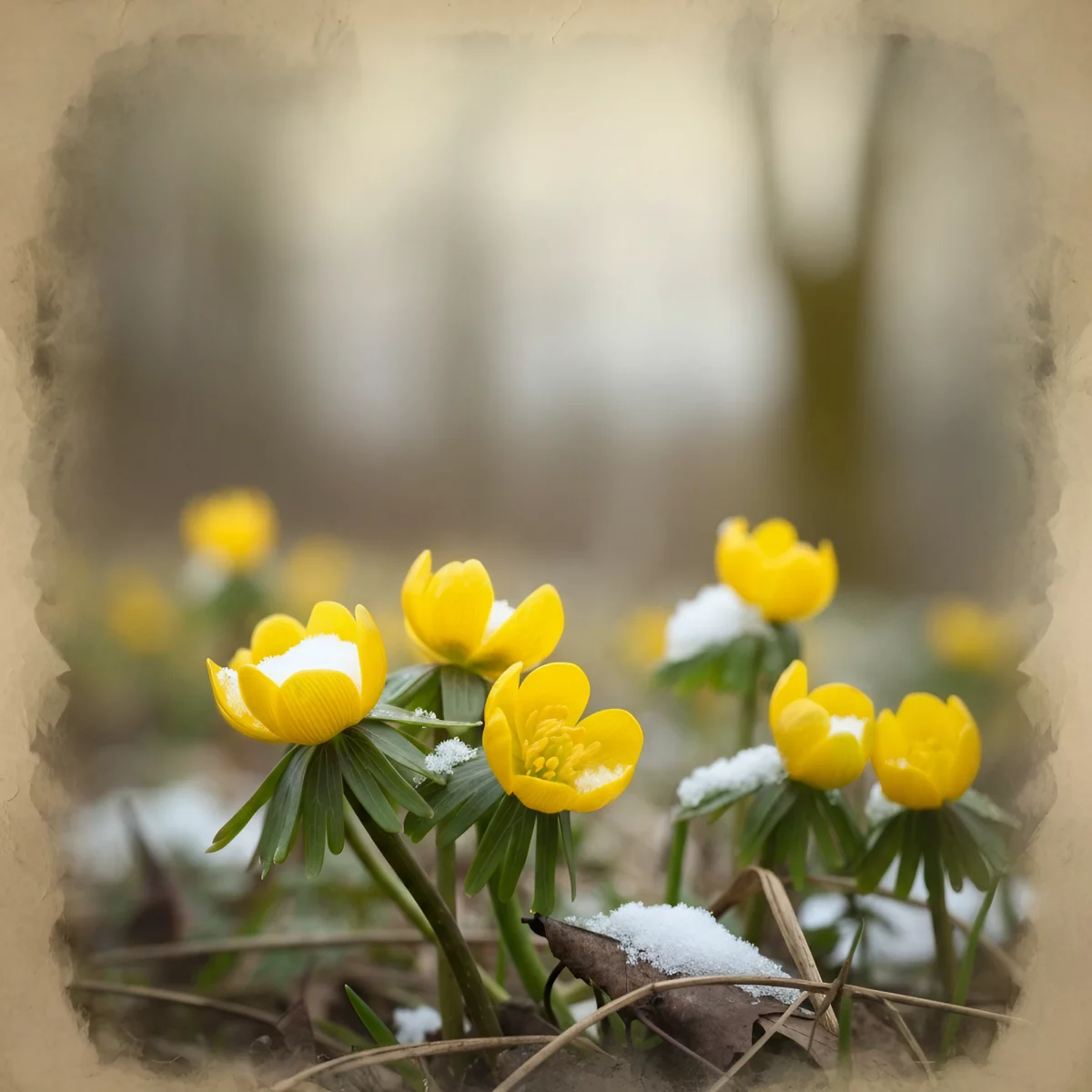Are your garden beds feeling a little overcrowded? Have your beloved plants stopped flowering as they used to? If so, it might be time to roll up your sleeves, grab your trusty tools, and learn the art of lifting and dividing perennials. This guide will walk you through it from start to finish, making the process enjoyable and rewarding.
What is a Perennial?
First things first—what exactly is a perennial? Perennials are plants that live for more than two years, returning stronger and lusher every season. Unlike annuals that need to be replanted each year, perennials are your garden’s reliable workhorses, gracing your outdoor space with repeating cycles of blooms, foliage and beauty. Popular examples include daylilies, hostas, peonies and irises.
How to Know When a Perennial Needs to Be Lifted and Divided
It’s not always obvious when your perennials need some love, but a little observation will give you all the clues you need. Here’s when it’s time to act:
- Overcrowding: If the plant has expanded and is encroaching on its neighbours, it’s a good indicator.
- Declining Blooms: Have the flowers become fewer or smaller than they used to be?
- Dead Centres: If the middle of the plant looks sparse while the growth is concentrated on the edges, it’s crying out for division.
- Stunted Growth: If the plant seems stagnant despite your TLC, it might need some extra room to thrive.
Why Lift and Divide?
You might wonder—why go through the trouble? Lifting and dividing perennials isn’t just for the aesthetics; it’s a vital gardening practice. Here’s why it’s worth your time and effort:
Benefits
- Rejuvenation: Dividing gives the plant new energy, encouraging healthier growth and more vibrant blooms.
- Space Optimisation: Overgrown perennials crowd their neighbours, competing for water and nutrients. Division ensures all plants get their fair share.
- Propagation: One plant becomes several! Divide and conquer to spread beauty across your garden or share with friends.
- Cost Savings: Gain new plants without spending a single penny—your garden budget will thank you.
Disadvantages
Of course, no process is without its downsides. While this gardening technique is incredibly beneficial, keep these considerations in mind:
- It requires some physical effort—don’t forget to stretch beforehand!
- Initial stress on the plant may cause it to take a season or two to reach its full glory again.
But trust us, the long-term gains far outweigh these minor downsides.
Step-by-Step Guide to Lifting and Dividing Perennials
Are you ready to dig in? These simple steps will guide you through the process.
Step 1: Choose the Right Time
The best time to lift and divide perennials is during their dormant phase—either early spring or autumn. This timing minimises plant stress and maximises recovery.
Step 2: Prepare Your Tools
Get your gardening kit ready:
- A sharp spade or garden fork
- Gardening gloves
- A clean knife or pruning shears
- Compost or organic matter for replanting
Step 3: Dig Up the Plant
Gently dig around the plant, starting a few inches away from the base to avoid damaging roots. Carefully lift the clump from the soil.
Step 4: Divide the Clump
Inspect the root ball and decide how many sections you want to create. Use your hands to pull the clump apart or a knife to cut through tougher roots. Aim for sections with healthy roots and at least one growing shoot.
Step 5: Replant Immediately
Prepare the new planting spots with fresh compost and organic matter. Replant the divided sections at the same depth as before, ensuring the roots are well-covered.
Step 6: Water Thoroughly
Give your newly planted perennials a generous drink of water to help them settle into their new homes. Add mulch around the base for extra protection and moisture retention.
Plants to Leave Alone
Not all perennials benefit from being lifted and divided. Plants with taproots, like lupins and poppies, don’t take kindly to this practice and can suffer damage. Similarly, perennial shrubs like lavender and rosemary are better off left intact.
Nurture Your Garden’s Future
By lifting and dividing perennials, you’re not just improving your garden’s immediate landscape—you’re investing in its long-term health and vibrancy. Imagine a garden bed brimming with thriving perennials, each one a testament to your care and effort.
Now it’s time to grab your gloves, sharpen your tools, and bring new energy to your garden. Transform your outdoor space today and watch your efforts bloom into a lush, colourful paradise! 🌿
Further Reading: The Magic of Perennials
For Daily Gardening Inspiration – Follow us on Instagram
















